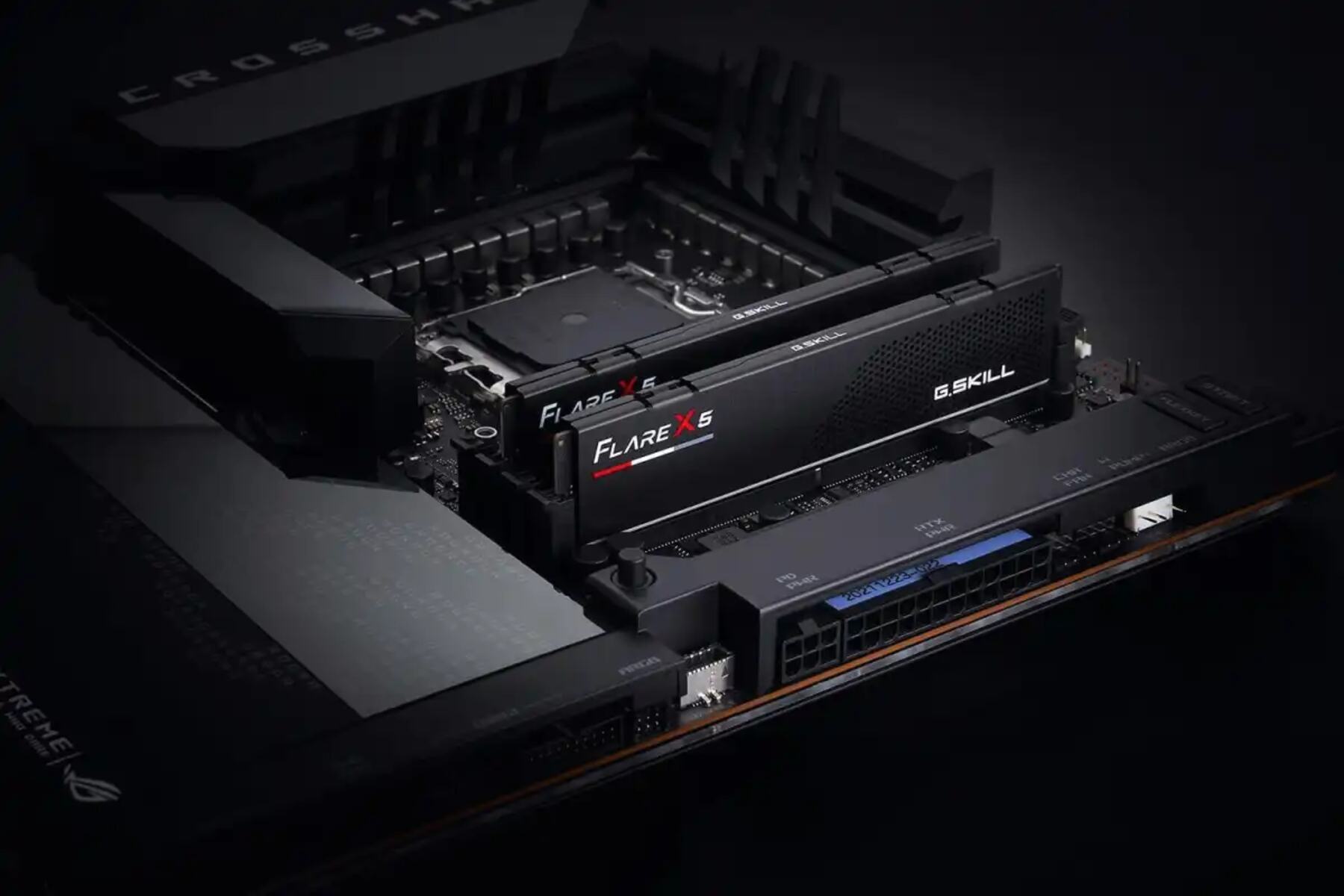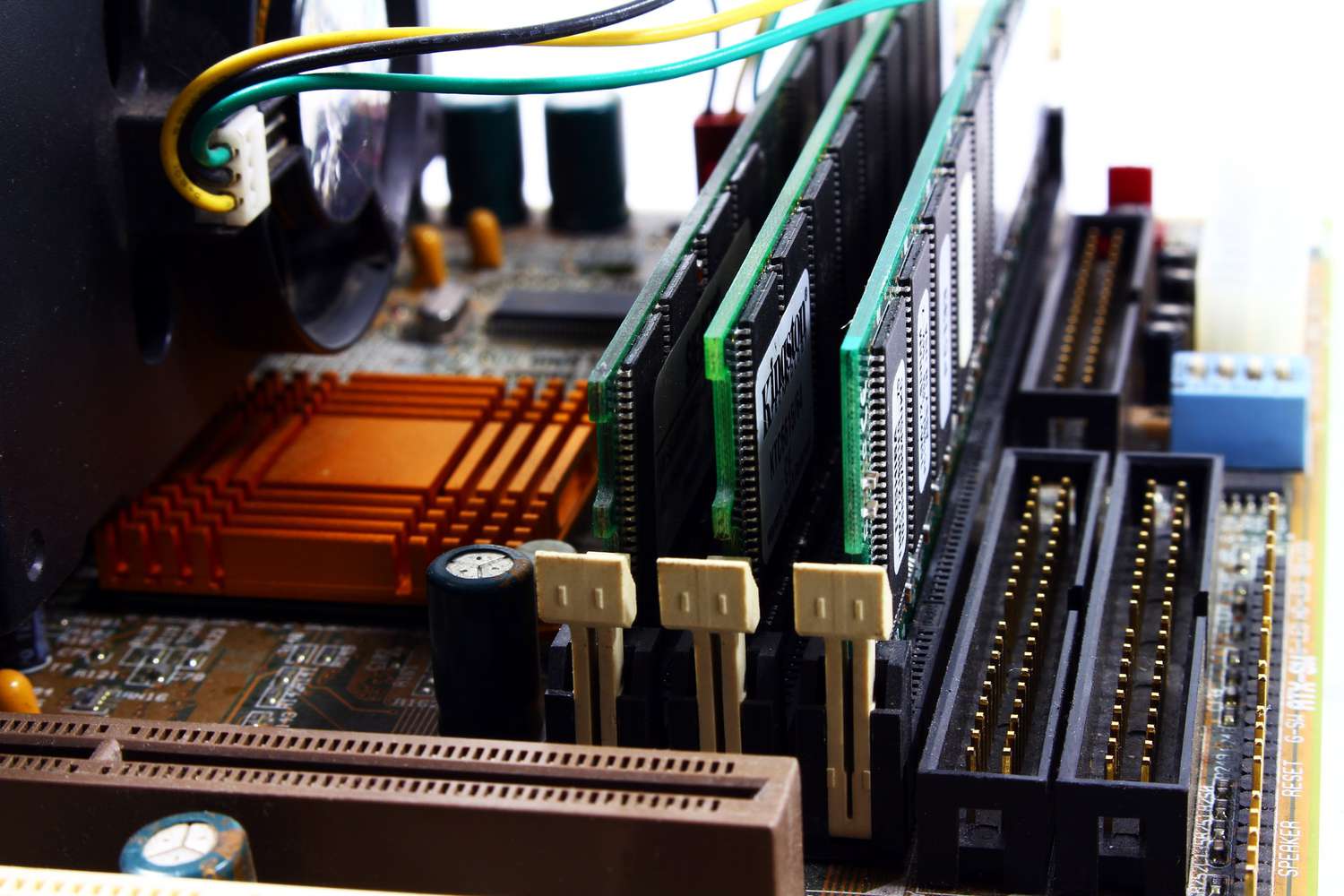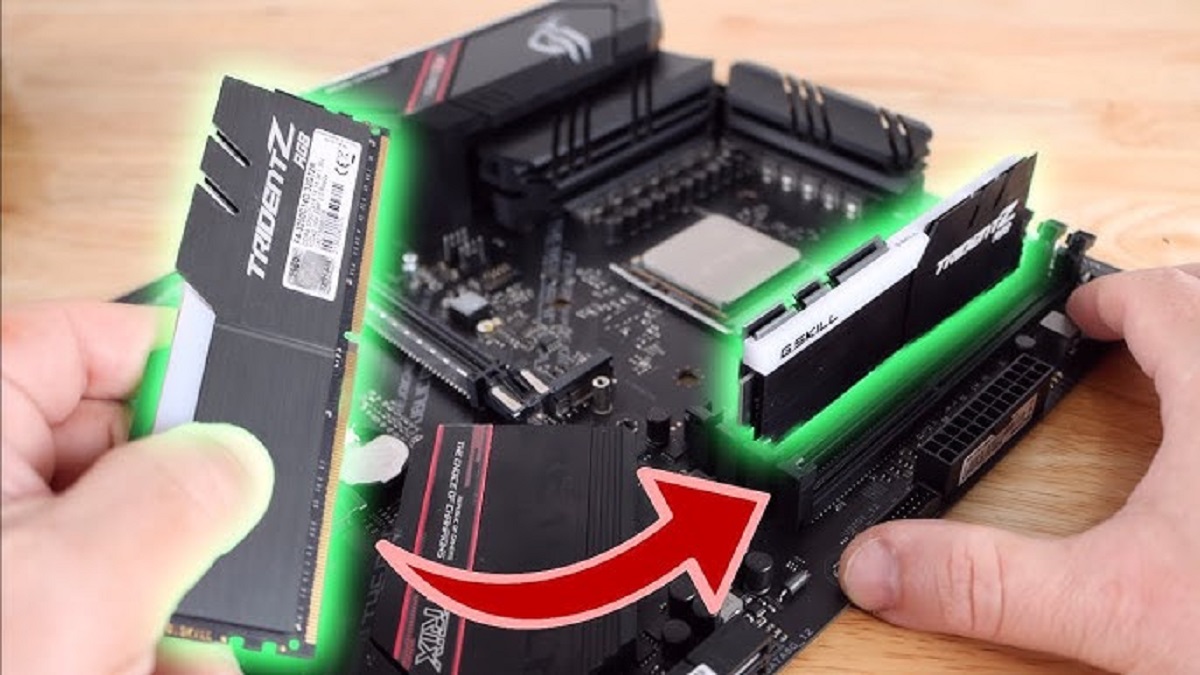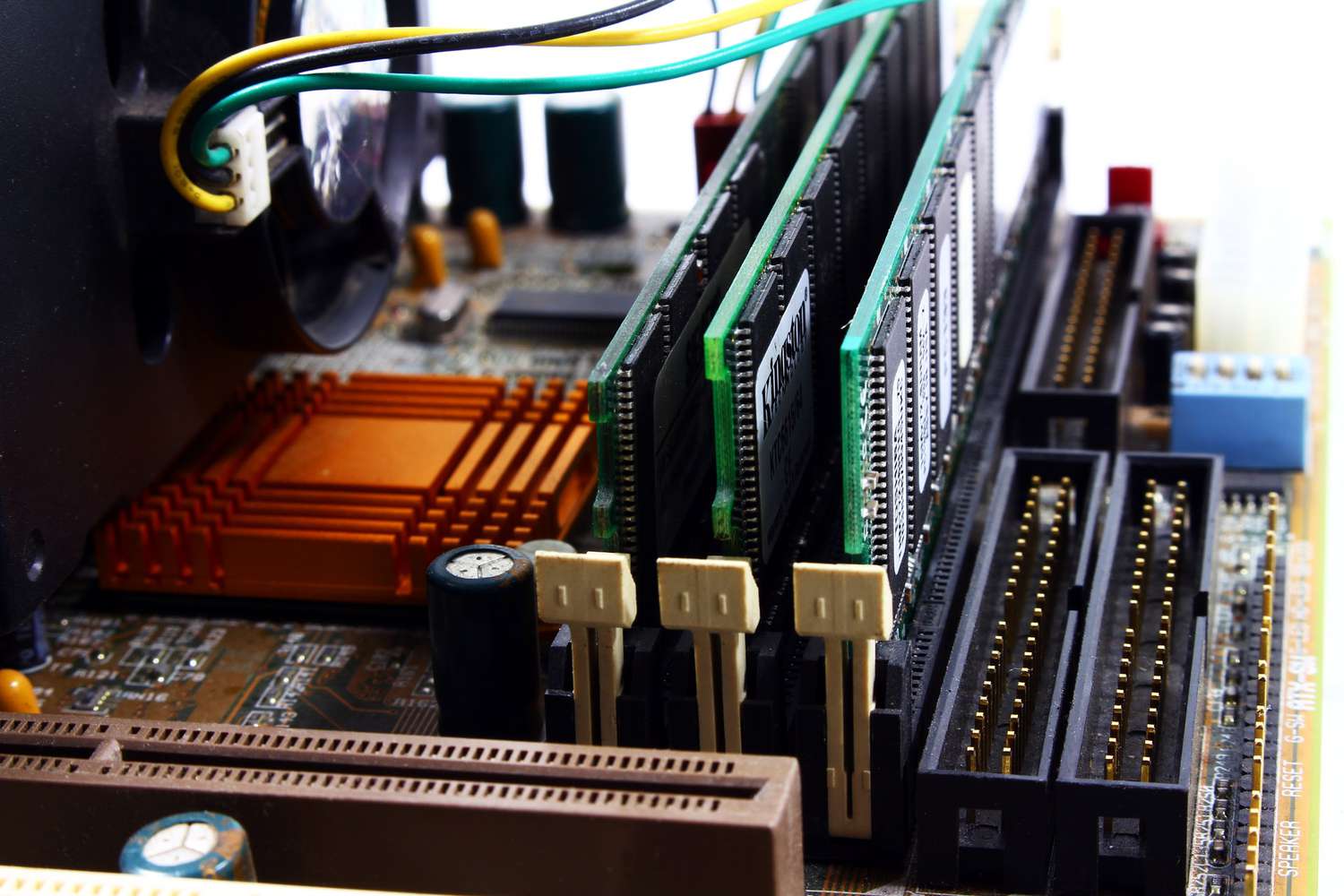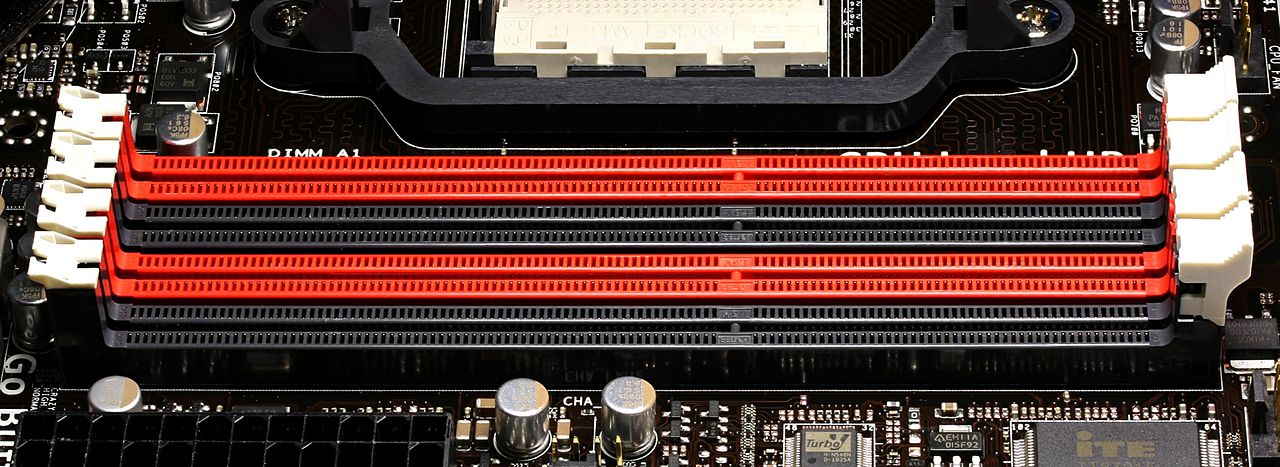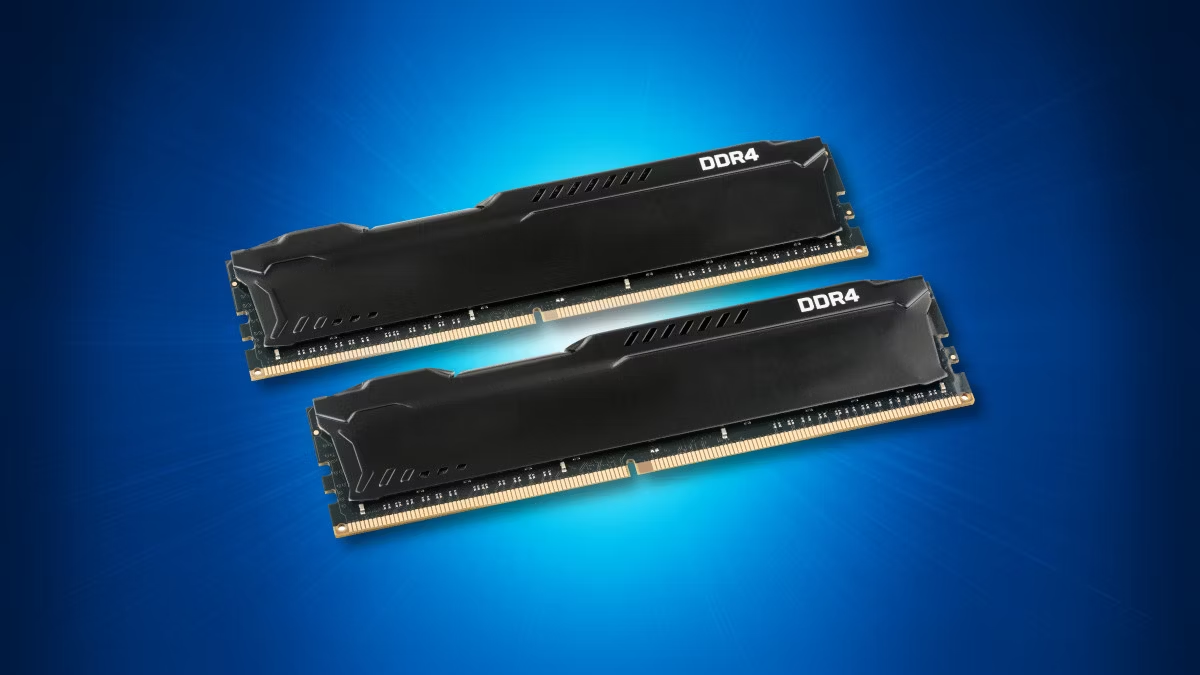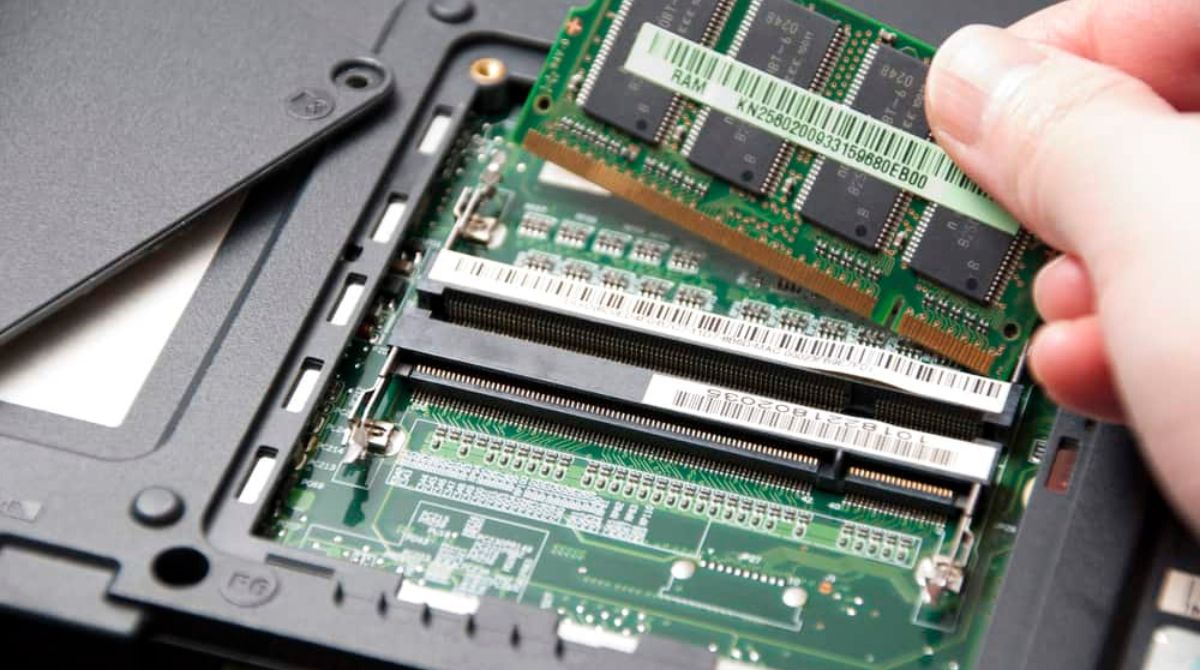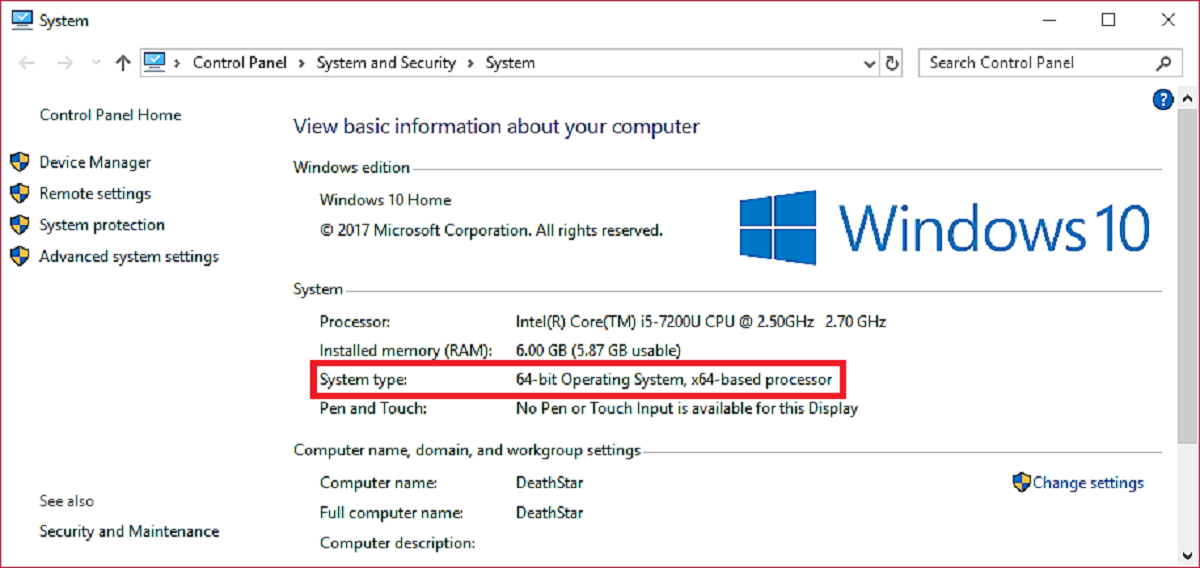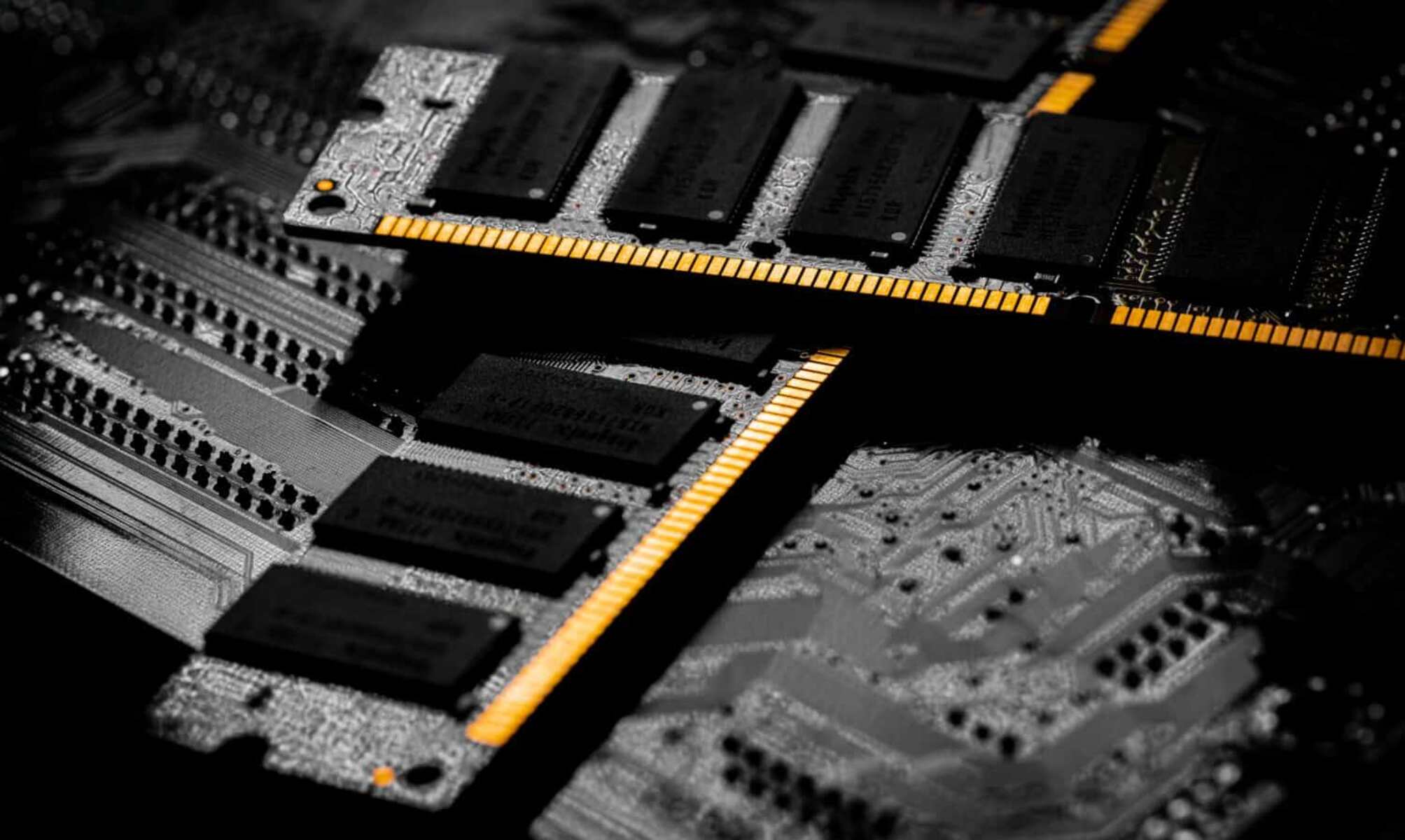Introduction
Welcome to the world of computer memory, where every bit matters in ensuring smooth and efficient performance. One crucial aspect of memory configuration is the use of dual channel RAM. If you’re curious about which slots are compatible with dual channel RAM and how it can enhance your system’s performance, you’ve come to the right place.
In this article, we will delve into the concept of dual channel RAM, highlight its benefits, and discuss the various slot configurations that support it. Whether you’re a seasoned computer enthusiast or a novice looking to optimize your system’s memory, we aim to provide you with valuable insights and practical information.
Before we proceed, it’s essential to understand the basics of RAM and its impact on your computer’s performance. Random Access Memory (RAM) is a critical component that stores data for immediate access by the CPU (Central Processing Unit). It allows your computer to quickly retrieve and process information, contributing to overall system performance.
Dual channel RAM takes memory configuration a step further by utilizing multiple modules in parallel to enhance data transfer speeds. Instead of relying on a single RAM stick, dual channel RAM employs two or more identical modules, allowing for simultaneous data transfers. This results in increased bandwidth and improved overall system responsiveness.
Now that you have a general understanding of dual channel RAM, let’s explore the benefits it brings to your computer system.
What is Dual Channel RAM?
Dual channel RAM is a memory architecture that allows for increased data transfer rates and improved system performance. It utilizes multiple RAM modules operating in parallel to enhance the speed and efficiency of data transfer between the RAM and the CPU. This configuration enables the system to read and write data simultaneously, effectively doubling the bandwidth compared to a single-channel setup.
In a traditional single-channel RAM configuration, the memory controller and the CPU communicate through a single data channel. This means that data is transferred one piece at a time, limiting the overall transfer speed. However, with dual channel RAM, the memory controller is equipped to handle two or more parallel data channels, allowing for faster and more efficient data transfers.
The key feature of dual channel RAM is that it requires matching RAM modules to be installed in specific slots on the motherboard. These modules should have the same capacity, speed, and timings to ensure optimal compatibility and performance. By using identical modules, the memory controller can divide the data load equally between them, maximizing the system’s memory bandwidth.
It’s important to note that dual channel RAM is supported by both DDR (Double Data Rate) and DDR2, DDR3, and DDR4 memory types. However, the specific slot configuration may vary depending on the motherboard’s design and chipset.
Overall, dual channel RAM offers several advantages over single-channel configurations. The increased bandwidth allows for quicker data access, resulting in improved system responsiveness, faster application loading times, and smoother multitasking capabilities. Whether you’re a gamer, a content creator, or simply a user who runs resource-intensive applications, dual channel RAM can significantly enhance your overall computing experience.
Benefits of Using Dual Channel RAM
Using dual channel RAM provides several advantages that can greatly enhance the performance of your computer system. Here are the key benefits:
- Increased Bandwidth: One of the main advantages of dual channel RAM is the improved memory bandwidth. By utilizing two or more RAM modules in parallel, the data transfer rate is effectively doubled compared to a single-channel configuration. This translates to faster data access and a smoother overall system performance.
- Improved System Responsiveness: Dual channel RAM enables faster data transfer between the RAM and the CPU, resulting in improved system responsiveness. It allows for quicker loading times of applications and files, making your system feel more snappy and efficient during everyday tasks.
- Better Multitasking Capabilities: With dual channel RAM, your computer can handle multiple tasks more efficiently. The increased bandwidth allows for smoother multitasking, as the system can read and write data from different applications simultaneously. This means you can run resource-intensive programs, such as video editing software or virtual machines, without significant performance degradation.
- Enhanced Gaming Performance: Gamers can benefit greatly from using dual channel RAM. The increased bandwidth and improved data transfer rates help deliver faster and more stable frame rates, reducing lag and ensuring a smoother gaming experience. This is especially important for demanding games that require a high level of memory access and responsiveness.
- Optimal Performance for Specific Applications: Certain applications, such as video editing software, 3D rendering programs, and graphic design tools, often require large amounts of memory and fast data access. Dual channel RAM provides the necessary bandwidth and speed to meet the demands of these resource-intensive tasks, ensuring optimal performance and reducing processing bottlenecks.
Overall, using dual channel RAM can significantly enhance your computer’s performance, whether you’re a casual user, a gamer, or a professional working with demanding applications. With increased bandwidth and improved data transfer rates, you’ll experience faster load times, smoother multitasking, and overall improved system responsiveness. By utilizing this memory architecture, you’ll unlock the full potential of your computer’s memory and maximize its capabilities.
Which Slots Support Dual Channel RAM?
The slots that support dual channel RAM configuration can vary depending on the motherboard’s design and chipset. To determine which slots on your motherboard support dual channel RAM, it is essential to consult the motherboard’s documentation or refer to the manual.
In most cases, motherboards feature color-coded memory slots to indicate the proper installation for dual channel RAM. Typically, these slots are arranged in pairs, with each pair being the recommended configuration for dual channel memory. Common color combinations include black and blue, black and gray, or black and white.
When installing dual channel RAM, it is crucial to populate the correct slots to take advantage of its benefits. The general rule is to install matching RAM modules in the same-colored slots. For example, if your motherboard has black and blue slots, you should install one RAM module in the black slot and another in the blue slot. The slots in each pair are usually labeled as DIMM1, DIMM2, DIMM3, and DIMM4, indicating the order of installation.
It’s important to note that the specific slot configuration can vary between different motherboard manufacturers and models. Some motherboards may require different colored slots to be populated first, while others may have different numbering schemes. Therefore, it is vital to consult the motherboard’s manual or online documentation to ensure the correct installation of dual channel RAM.
Additionally, it’s worth mentioning that some motherboards may also support triple channel or quad-channel memory configurations. In such cases, the slot configuration will differ accordingly. Again, it’s crucial to refer to the motherboard’s documentation to determine the correct installation process for these setups.
Remember, proper installation of dual channel RAM is crucial to ensure optimal performance. By following the guidelines provided by the motherboard manufacturer, you can take full advantage of the increased bandwidth and improved data transfer rates offered by dual channel RAM.
Slot Configuration for Dual Channel RAM
Configuring the slots for dual channel RAM involves installing matching RAM modules in specific slots on the motherboard. While the exact configuration can vary depending on the motherboard’s design, there are some general guidelines to follow:
- Refer to the Motherboard Manual: The first and most important step is to consult the motherboard’s manual or documentation. These resources provide detailed information about the recommended slot configuration for dual channel RAM on your specific motherboard model.
- Identify the Matching Slots: Motherboards typically have color-coded memory slots to indicate the proper configuration for dual channel RAM. Look for pairs of slots with the same color or numbering scheme. For example, if your motherboard has black and blue slots, they are likely a matching pair for dual channel operation.
- Install Matching RAM Modules: To achieve dual channel memory configuration, install identical RAM modules in the matching slots. Ensure that the modules have the same capacity, speed, and timings. This allows the memory controller to properly divide the data load between the modules.
- Follow the Installation Order: If your motherboard has labeled slots (e.g., DIMM1, DIMM2, etc.), follow the recommended installation order provided in the motherboard manual. This ensures that the memory controller recognizes the dual channel configuration and optimizes data transfer accordingly.
- Ensure Proper Seating: When installing the RAM modules, ensure they are securely and evenly seated in the slots. Double-check that the locking mechanisms on the slot edges are fully engaged to prevent any connectivity issues.
- Run a Memory Test: After installing the RAM and starting up your system, it’s a good idea to run a memory test or use diagnostic software to verify that the dual channel configuration is detected and functioning correctly.
Keep in mind that the slot configuration for dual channel RAM can vary between motherboard models and manufacturers. It is crucial to refer to the specific guidelines provided by the motherboard manufacturer to ensure the correct installation and optimal performance of your dual channel memory configuration.
By following the recommended slot configuration and properly installing matching RAM modules, you can take full advantage of dual channel RAM’s increased memory bandwidth and improved data transfer rates, resulting in enhanced system performance and responsiveness.
Testing Dual Channel RAM Performance
Once you have installed dual channel RAM in your system, it’s essential to test its performance to ensure it is functioning optimally. Here are some ways to test the performance of your dual channel RAM configuration:
- Benchmarking Software: Use benchmarking software like PassMark PerformanceTest or SiSoftware Sandra to measure the overall system performance before and after installing dual channel RAM. These programs provide detailed performance metrics and can help you identify any improvements resulting from the dual channel configuration.
- Memory Testing Applications: Run memory testing applications such as MemTest86 or Windows Memory Diagnostic to check for any potential errors in your dual channel RAM configuration. These tools perform comprehensive tests on your memory modules, ensuring stability and reliability.
- Real-World Performance Tests: Put your system through its paces by running resource-intensive applications or tasks that heavily rely on memory. For example, you can render complex 3D scenes, edit high-resolution videos, or run multiple virtual machines simultaneously. Monitor the system’s performance and assess if there is a noticeable improvement compared to the previous single-channel memory configuration.
- Measuring Data Transfer Rates: Use tools such as CPU-Z or HWiNFO to monitor the memory speed and data transfer rates during different operations. These utilities provide detailed information about your system’s memory configuration and can help you confirm that dual channel mode is enabled.
- Compare Single-Channel vs. Dual Channel Performance: If possible, conduct a direct comparison between the performance of single-channel and dual channel RAM configurations. Run tests or benchmarks that stress memory-intensive operations and observe the differences in performance. This comparison can provide a clear indication of the benefits brought about by dual channel RAM.
By testing the performance of your dual channel RAM configuration, you can assess its effectiveness in delivering higher memory bandwidth and improved data transfer rates. These tests will help you identify any issues, errors, or limitations and allow you to fine-tune your system for optimal performance.
It’s worth noting that the actual performance gains from using dual channel RAM can vary depending on various factors, including the specific applications and tasks you run, as well as the overall system configuration. Nonetheless, with appropriate testing, you can ensure that your dual channel RAM is functioning as intended and maximizing your system’s memory performance.
Conclusion
Dual channel RAM offers significant benefits in terms of increased memory bandwidth and improved system performance. By utilizing multiple RAM modules operating in parallel, dual channel RAM enables faster data transfer rates, enhanced multitasking capabilities, and smoother overall system responsiveness.
When it comes to installing dual channel RAM, it is crucial to refer to the motherboard’s documentation and follow the recommended slot configuration. Installing matching RAM modules in the correct slots ensures optimal compatibility and performance.
To test the performance of your dual channel RAM, you can use benchmarking software, memory testing applications, and real-world performance tests. These tests will help you determine whether the dual channel configuration is functioning properly and delivering the expected benefits.
It’s important to note that the actual performance gains from using dual channel RAM can vary depending on factors such as the specific tasks and applications you use, as well as your system’s overall configuration. However, by implementing dual channel RAM and properly testing its performance, you can unlock the full potential of your computer’s memory and enjoy a faster and more efficient computing experience.
Whether you’re a casual user looking for smoother multitasking or a power user seeking to maximize the capabilities of resource-intensive applications, dual channel RAM can provide a significant performance boost. Take the time to understand your motherboard’s requirements, install matching RAM modules in the correct slots, and test the performance to ensure optimal results.
With the right configuration and testing in place, you’ll be able to harness the power of dual channel RAM and experience faster load times, improved multitasking capabilities, and enhanced overall system performance.







